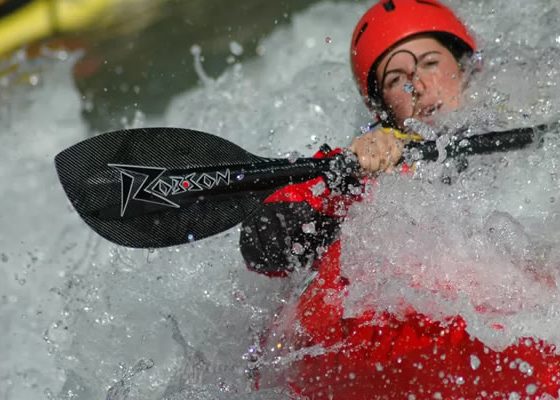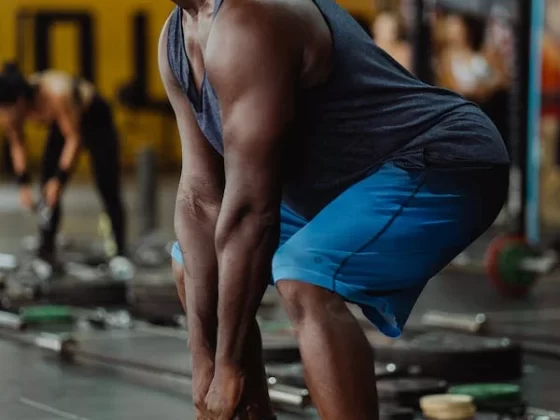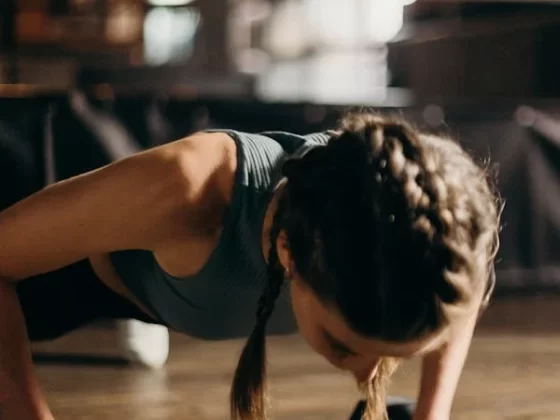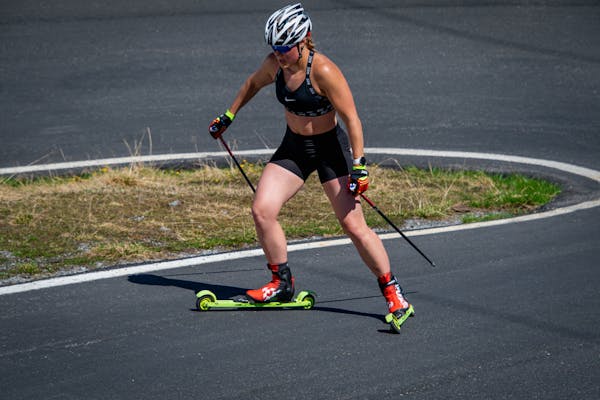
Do you want to try adding something new to your exercise routine? Here are some unusual – but still fun and challenging – sports to consider so you can get your exercise without getting bored. While basketball and volleyball may not appeal to everyone, one of these unconventional sports might hit the spot! Discovering a sport everyone loves may require thinking outside the box, court, or field. These 8 options, while less common than soccer or swimming, boast unique charm and provide ample opportunities for fitness and enjoyment. One of them may hold the key to igniting your passion for sports. This article will tackle the 8 Most Unusual Sports Activities, so read further.
The 8 Most Unusual Sports Activities in 2024:
Roller Skiing
Roller skiing is a good option for burning calories while having fun. Not only is it good for people living in warmer climates, but it will also help prepare you for winter because roller skiing skills transfer directly to snow skiing. In fact, many skiers use roller skiing to keep their skills sharp during the off-season.
To roller ski, you need a set of roller skis, which are about 1.5 feet long, narrow like normal skis, but which have a wheel at each end. This may make you think it is a similar sport to roller blading, but the body movement required is exactly the same as that which you use during regular skiing. You also use ski poles in this sport, which can be the same pair you use for snow skiing. While roller blading only strengthens your legs, roller skiing’s use of poles means you get an arm workout as well.
According to an article published in The Telegraph, roller skiing can train and improve:
- Muscular endurance
- Cardio
- Balance
- Core stability
- Flexibility
- Rhythm
It offers a great aerobic workout but is a low-impact sport unlike running. A fun, generally safe, unusual sport, roller skiing burns around 500 calories per hour, depending on your speed and the terrain you’re skiing.
Trampoline
Jumping on a trampoline isn’t just for kids anymore. It’s becoming a very popular calorie-burning exercise, with trampoline gyms opening up everywhere. In fact, trampoline was added to the list of Olympic sports in 2000.
When you jump on a trampoline, you’re getting a cardio workout as well as a great leg, glute, and core workout. Organized trampoline classes may involve some of the other moves you’re used to at a normal gym – lunges, mountain climbers, jogging – but the movement of the trampoline means you have to keep your core tighter than usual to maintain your balance, and tighter core means better results!
When you do a trampoline workout, you can expect to burn about 410 calories per hour if you weigh 150 pounds.
Curling
You may have seen curling on the winter Olympics and wondered just how hard it actually is. The answer? Very. Consider this: for a lot of curling, you are in a lunge, and for all of curling you are balancing and controlling yourself on ice – even when you are in that deep lunge. This means you must have excellent core strength so that you don’t go sliding down the ice with the 44-pounds of granite – or the rock, as it’s called in curling.
You also need a substantial amount of strength and power to make the rock travel across the ice. And when you’re not throwing the rock, you are sweeping the ice, still having to maintain your balance, with your body twisted sideways, for up to a mile per game.
To start curling, see if your local skating rink has curling lessons, or look for a nearby curling club.
Calories burned per hour for a 155-pound person: 298.
Skateboarding
Skateboarding may make you think of teenagers in baggy jeans, but it can also be a great way to get exercise, even if you’re not riding down railings and doing jumps and spins.
When you skateboard, you propel yourself forward with your lower body, and to turn, you lean your body while maintaining your balance on the board. When you skateboard regularly, you’re definitely building up your endurance, especially in your legs and core. You will also increase your flexibility as you learn to control your aim by moving your body in different directions.
After an hour of skateboarding – without any fancy tricks – you’ll burn about 500 calories per hour.
Roller Skating
With the rise in popularity of Roller Derby, roller skating is making a comeback as a fun form of exercise. While Roller Derby is an intense contact sport with two teams trying to skate faster than each other, roller skating is a less-intense way to get a workout on wheels.
When you roller skate faster than 10 mph, you get an aerobic workout equal to that when you run. Additionally, skating builds strength in all of your lower body muscles, since you use those to push yourself forward and to maintain your balance. Add some uphill paths to your route to challenge your endurance, and you’ve got a great workout!
Calories burned per hour of roller skating through your neighborhood if you weigh 155 pounds: 483. And if you want more of a challenge, you can always upgrade to roller blades, which require more core strength to keep your balance because you only have one row of wheels instead of two.
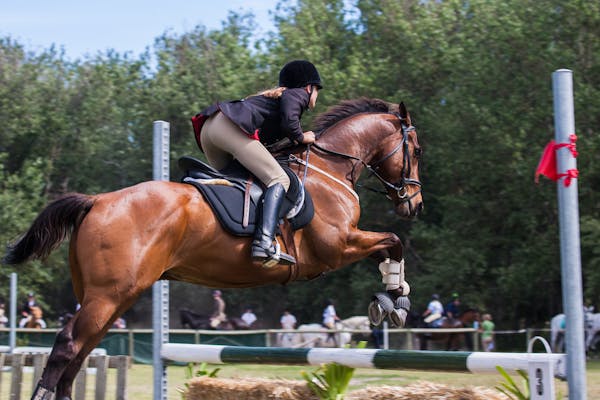
Horseback Riding
Horseback riding is a very different form of exercise from anything you’re used to. If you’re actively horseback riding (rather than just sitting on a horse that is lazily following the horse in front of him) you can get some great physical benefits.
A major component of horseback riding isn’t, as you might think, latching on with tight legs. Instead, it’s being able to balance no matter how the horse is moving. This means that with every step of the horse, you’re using your abs to stay up there. And while you don’t hold on for dear life with your thighs, you do use your legs to give the horse cues, which can build strength and endurance.
To increase your workout, add some trotting, cantering, and jumping, which require you to use your glutes, quads, abs, and back to maintain different positions. Horseback riding also enhances your flexibility, since you need to have loose hips to ride effectively.
For every hour walking a horse, you burn about 175 calories if you weigh 155 pounds. If you’re trotting, you’re looking at up to 460 calories. And if you brush and saddle your own horse, tack on another 246 calories per hour.
Fencing
You might not hear about it often, but fencing is another great form of exercise. Fencing is a fast-action sport, meaning you get a great cardio workout.
There is a lot of footwork – including lunges – involved in the sport in addition to swinging your blade. All of these movements will lead to greater balance, agility, coordination, strength, and flexibility – particularly in your lower body. Additionally, since fencing bouts tend to stop and start, you get frequent recovery periods between moments of more intense activity, which makes fencing a great interval sport. And interval training is one of the best ways to burn fat and heighten your metabolism.
An hour of fencing burns an astounding 446 calories if you weigh 155 pounds.
Rock Climbing
Now that rock gyms are popping up more frequently so you can climb indoors, this once-extreme sport is becoming much more safe and accessible.
Rock climbing can give you a great cardiovascular workout if you take only short breaks between steps, and it provides an intense upper body workout – building strength in your: Arms (especially your forearms), Back, Chest, shoulders, and Fingers.
Rock climbing also requires great flexibility, as you may have to hold your body in unusual positions depending on where the next step is. With enough practice, you will also increase your coordination, all while doing a mentally-challenging workout that isn’t as monotonous as logging miles on the treadmill.
Rock climbing burns a mountain of calories – about 550 calories per hour for a 155-pound person.
Rock climbing involves ascending rock faces, typically utilizing ropes and specialized gear to reach a summit or endpoint. The goal is to conquer the ascent of a rock face or structure, employing specific equipment tailored to the climb’s difficulty level. This demanding sport integrates physical fitness, agility, and mental resilience to overcome challenges during ascents or traverses. While inherently risky, the element of peril is often viewed as an exhilarating aspect of the adventure. Rocks of various types, including igneous (such as granite), sedimentary (like limestone and sandstone), and metamorphic (including gneiss), provide diverse climbing opportunities worldwide. Additionally, artificial walls serve as venues for climbing courses and routes.

Conclusion:
If you’re bored with your workouts, you probably won’t stay committed, and you’ll make excuses to skip the gym. You may also not try as hard, and so you’ll get fewer results. Try one of these uncommon sports to change up your routine, get more exercise, and maybe develop a new active hobby.

